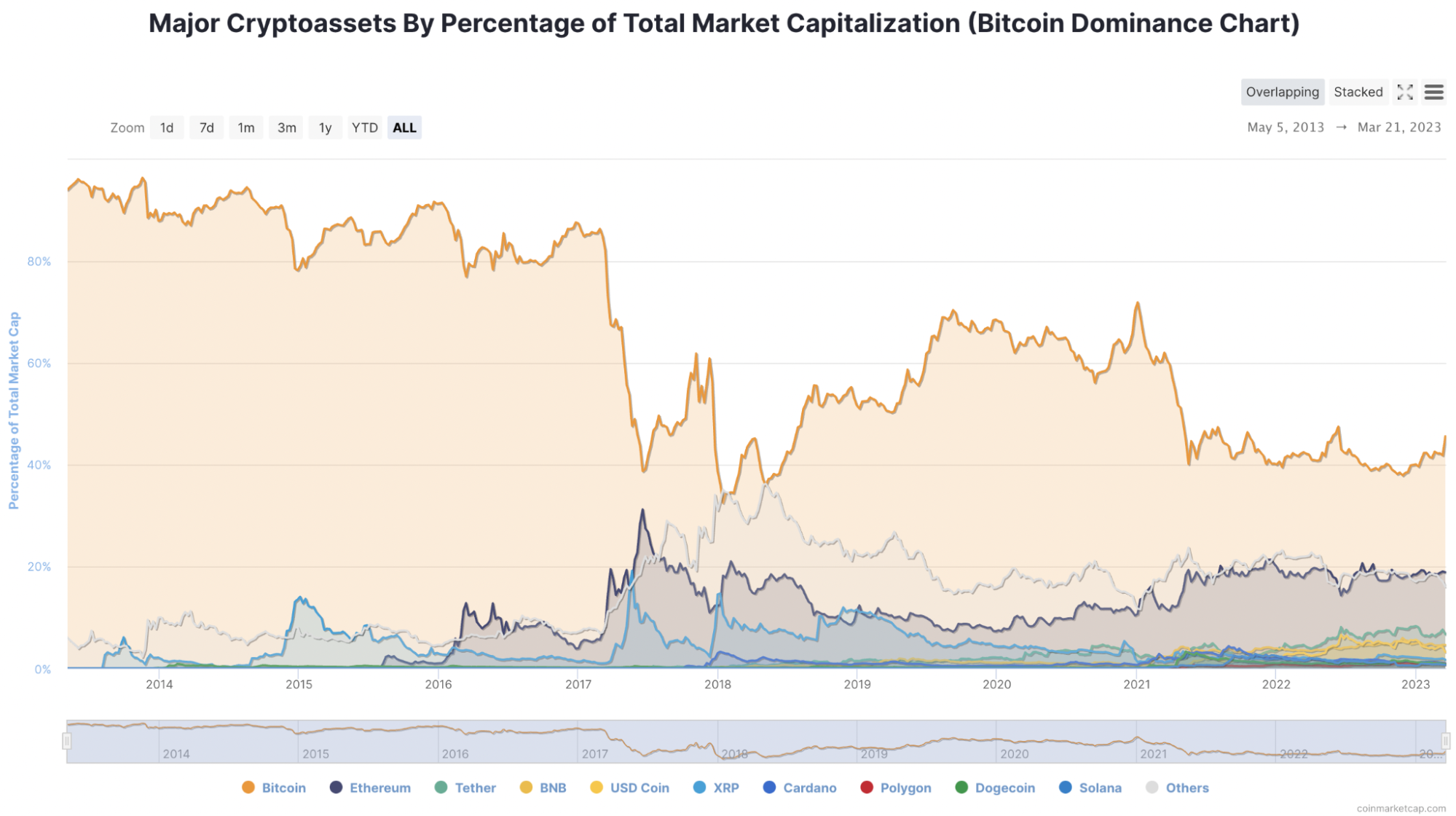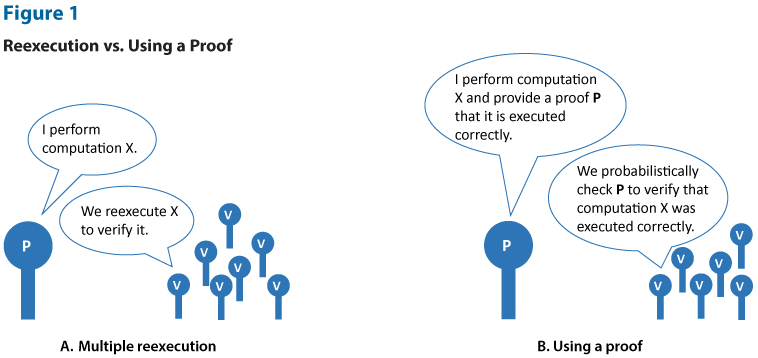crypto news: What to expect from crypto and blockchain in 2023?

Nevertheless, it is not correct to say that the industry has only experienced disadvantages throughout the year. Globally, we saw more mainstream adoption of crypto, and had a greater presence in famous sporting events such as The Super Bowl and FIFA World Cup Qatar 2022. Along with that came more discussions and conversations about blockchain technology across the globe. From the lavish crypto events held across the various regions, to conferences among industry leaders and regulators, crypto’s prominence in the financial sector has gradually expanded in 2022.
What can we expect in 2023
The blockchain and crypto industry is currently still in its infancy with more untapped potential waiting to be explored. Despite the many industry upheavals in the past year, it is important to distinguish between human error and technological error. The failures seen in 2022 did not arise from lapses in blockchain technology and were instead the result of misjudgment and poor decision making. As we enter 2023, here are some key trends that we can expect to observe this year.
Political consensus for a better regulatory environment
By 2023, we can expect to see better refinement of global regulations and crypto compliance. From the events of 2022, it is certain that greater regulation within the industry is inevitable, with “smart regulation” essential to the safer custody of cryptocurrency.
Earlier at the World Economic Forum’s annual Davos conference in 2022, Prime Minister Narendra Modi called for global cooperation to address the challenges facing the crypto industry. From December 1, 2022 to November 30, 2023, India will assume the presidency of the G-20, the intergovernmental forum involving some of the world’s largest economies, and one of the main priorities of the presidency is to build a consensus for policy approach to crypto-assets. This opportunity sets the stage for India to play a prominent role in the formation of policy consensus on crypto-assets. We can also expect more studies to be done to better inform the political consensus.
Through political consensus, clearer frameworks can be drawn to establish better global regulation, including the implications of crypto-assets on the economy, and the interaction between banking sectors and the blockchain industry. A clear and stable regulatory framework can support innovation and is essential for rebuilding confidence in the industry and promoting long-term growth. Greater mainstream adoption and increase in demand for Web3 talent
As regulatory frameworks become more transparent and institutional adoption of crypto becomes more widespread, mainstream adoption of blockchain will begin to gain momentum. This happens for a simple reason – the establishment of clear rules in the industry has a positive connection with building investor confidence and security when it comes to asset allocation.
According to a research report conducted by Bank of America (BAC), there has been an acceleration in the adoption of blockchain technology with real-world applications. Blockchain technology’s decentralized nature allows for a seamless and secure data storage system while removing the need for third-party dependencies. More companies and organizations across the various sectors are becoming interested in the technology, as well as the potential it offers. In particular, there is a great demand for blockchain solutions in banking, financial services and insurance (BSFI), e-commerce and retail, healthcare and the pharmaceutical sector. Within the traditional financial space, 2022 saw players such as JP Morgan execute the first ever cross-border interest rate transaction on a public blockchain, while Goldman Sachs announced it was doing due diligence on a number of distressed crypto projects. The increase in institutional investors in crypto can provide more uses for the asset and bring a positive change to the current landscape.
At the same time, wider crypto and blockchain adoption will also lead to an increase in demand for Web3 talent in 2023, opening up more relevant job opportunities. Companies will begin to re-look at their talent pool and explore hiring more talent equipped with blockchain and crypto expertise. India, the world’s second most populous country and home to more than 450 Web3 startups, hosts 11% of global Web3 and crypto talent. This growth in Web3 is driven by the huge amount of Gen Z and millennials professionals in the country, who make up 77% of the population. With the current rate of mainstream adoption and demand for Web3 talent, this could help further normalize the crypto landscape and result in greater acceptance among the general public.
Frames innovation and education
When it comes to the outlook for the crypto market, most agree that Bitcoin is a good indicator – given its position as the largest cryptocurrency by market capitalization. As the market descends into the “crypto winter” phase of 2022, we have witnessed the decline of Bitcoin and the value of the crypto market as a whole. As of today, it is certainly down from the 2021 highs, but the total market value of digital assets is still at $880 billion, which is more than double the peak level of 2020. But throughout the history of Bitcoin and crypto, we have repeatedly witnessed to the cycles of ups and downs in the market. Industry experts will know that the current lull and macro uncertainties will not last indefinitely. Companies that have enough war chest and resources to make it through this phase will be able to prevail and set the narrative for growth in 2023.
Despite the onslaught of negativity in the industry, technological development and innovations have continued in the ecosystem. First, Ethereum has finally completed the transition from Proof of Work to Proof of Stake in the midst of the current turbulent period. The transition will see a 99.9% reduction in Ethereum’s energy usage, laying the foundation for more efficiency in cost and processing speed. With the upcoming Shanghai upgrade, we expect the withdrawal of staked tokens to become easier and more efficient, which in turn will attract more capital to staking pools. As the technology gradually matures, more innovations will emerge to provide unprecedented value to investors and society at large.
Closing the knowledge gap is important when it comes to crypto, and 2023 is a critical period to educate people and rebuild trust in the industry. We can expect more resources to be pumped into educating investors about responsible crypto investing and building greater understanding around blockchain technology and decentralized finance.
Moving on from 2022
As the crypto industry moves on from the headwinds and uncertainty that marked 2022, greater transparency will be key for industry players and regulators. Alongside the establishment of clearer global regulations and legal compliance, organizations and regulators play an important role in reducing the knowledge gap for users and investors. Industry leaders and companies will also have to work to restore users’ trust in blockchain technology and the industry.
Current signs point to a year of progressive growth and continued innovation in 2023. Effective communication about the value and innovation behind crypto will be essential to the growth of the industry. We’ve seen bitcoin network hash rates remain resilient throughout most of last year, and with the next bitcoin halving expected to arrive in 2024, the least industry participants can do is strive to better educate users about how the blockchain and distributed ledger technology works. Although the crypto space has had a tough year in 2022, we can all be optimistic about the various industry breakthroughs and new use cases that will come in the year 2023.
























